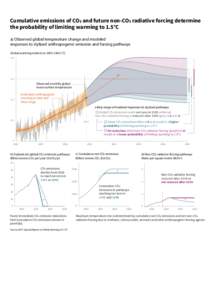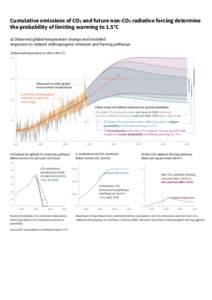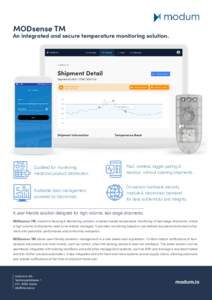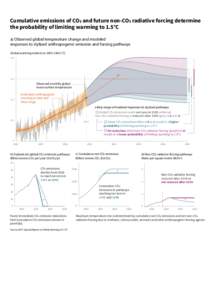<--- Back to Details
| First Page | Document Content | |
|---|---|---|
 Date: 2014-02-28 13:55:39Atmospheric thermodynamics Heat transfer Phase transitions State functions Liquid Temperature Measuring instrument Heat Thermography Chemistry Physics Thermodynamics |
Add to Reading List |
 Science 7 - Numerical Response Questions
Science 7 - Numerical Response Questions


